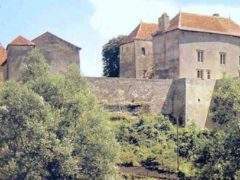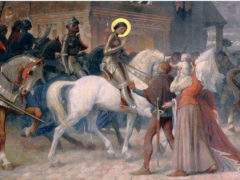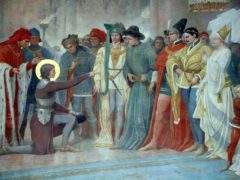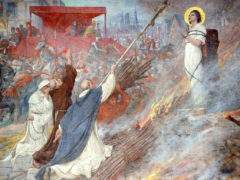“The Second Life of Joan of Arc”
After “The Making of Joan of Arc,” the married couple Caroline and Thierry Dehayes continue their investigations into the Maid of France up to the castle of Jaulny (54) where one can still admire the portrait of Joan des Armoises.







